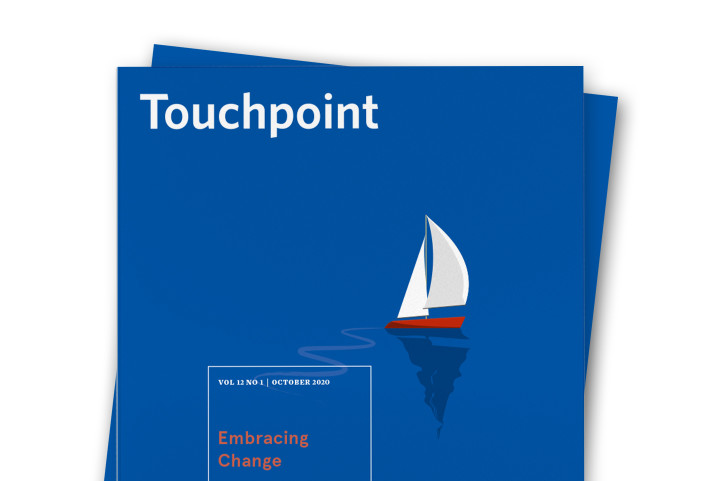
12 Touchpoint articles in this issue
Touchpoint overview


From the Editor
It goes without saying that 2020 has been a tumultuous year so far. And to pick out the most consequential of changes, the impact of an invisible virus on just about every aspect of our lives has been unprecedented.

Thoughts from the Publisher
Over the past three decades, we have seen major changes in the context of the service industry and service design, and I have had the pleasure of experiencing many of these changes first-hand.

Embracing Change With a Growth Mindset
My city was one of the first in the US to shut down. On March 16, San Francisco officials announced that a “shelter in place” directive would begin at 12:01 am the following morning.
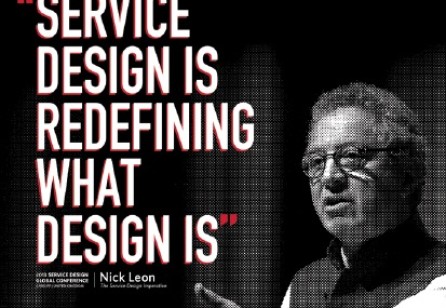
The Service Design Imperative
Is service design another specialisation within the design discipline, or is it somehow reshaping design itself, transforming both what we mean by design and the role and responsibilities of designers?

Designing for Consequence
Though currently considered very different design arenas, services are frequently the window into systems. When a customer engages with a service, they are, in fact, being drawn into the top layer of a system. Like a giant iceberg, the service is what has been made visible, what can be known.
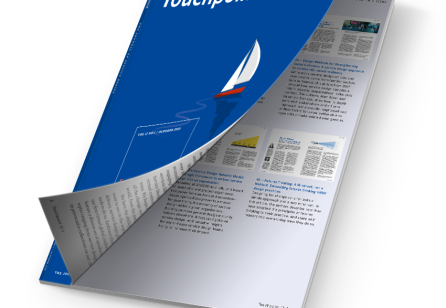
Successfully Implementing Service Design Projects
Why is the success rate in implementing service design projects still low? Why do brilliant concepts fail when it comes to anchoring them in the daily business of the client organisation?
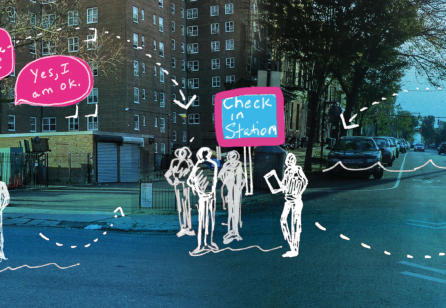
Design Methods for Strengthening Social Cohesion
Using a co-design process, we created a model for a new community-based service focused on disaster preparedness for New York City neighbourhoods most impacted by climate change. The project is designed to bridge the gap between isolated, medically-fragile residents and advanced care/services.
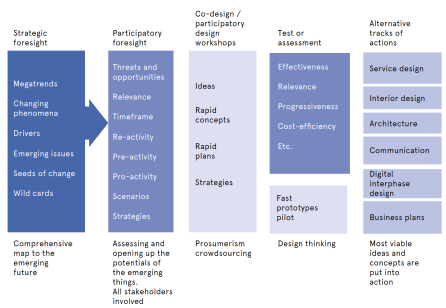
Participatory Foresight and Service Design
This article introduces participatory foresight and discusses its interrelation with co-design methods and service design.
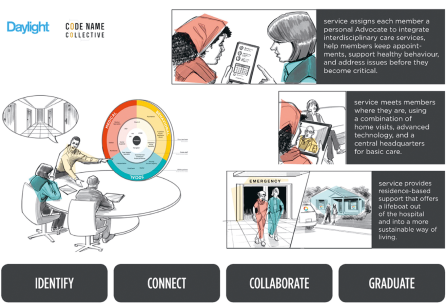
Moving Beyond Lucky
As the service design field becomes more successful at solving complex challenges, there’s one elephant that’s getting hard to ignore: User-centred design is inherently a bottom-up approach, in which we extrapolate insights from individuals and apply on a large scale.
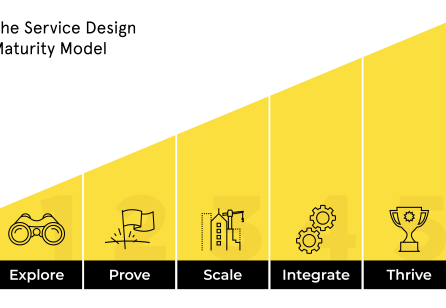
The Service Design Maturity Model
In the past years, many organisations have been working on projects to improve service experiences. Increasingly, large organisations have started to understand the value of service design. This has resulted in a growing desire amongst organisations that ‘understand’ service design to embed it into their companies.
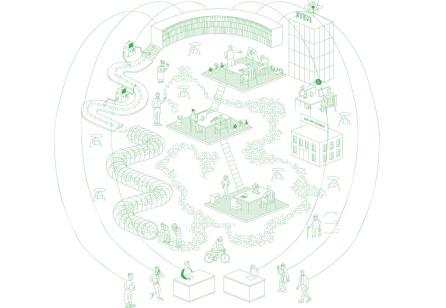
Futures Thinking: A Mind-set, not a Method
Design practices are becoming increasingly future-focussed, reflecting the complexities of the design challenges that we face. Futures thinking can offer us tools and methods to help with this, but more than that, it might offer us a new way of seeing the world that we design for.
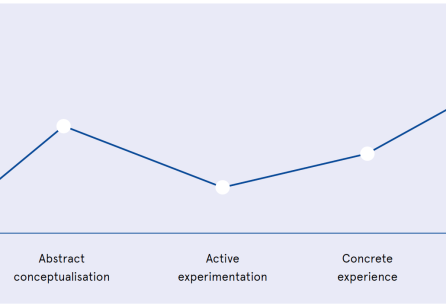
From Skills to Mindsets: Grappling with Complex Public Problems
At Uscreates, we are currently seeing two trends within our client base. Firstly, the demand for design in public innovation contexts is expanding beyond the design of a specific service, into the transformation of the systems that sit around it. Secondly, public sector organisations are increasingly interested in building their own design capability internally around service design and systemic change.


